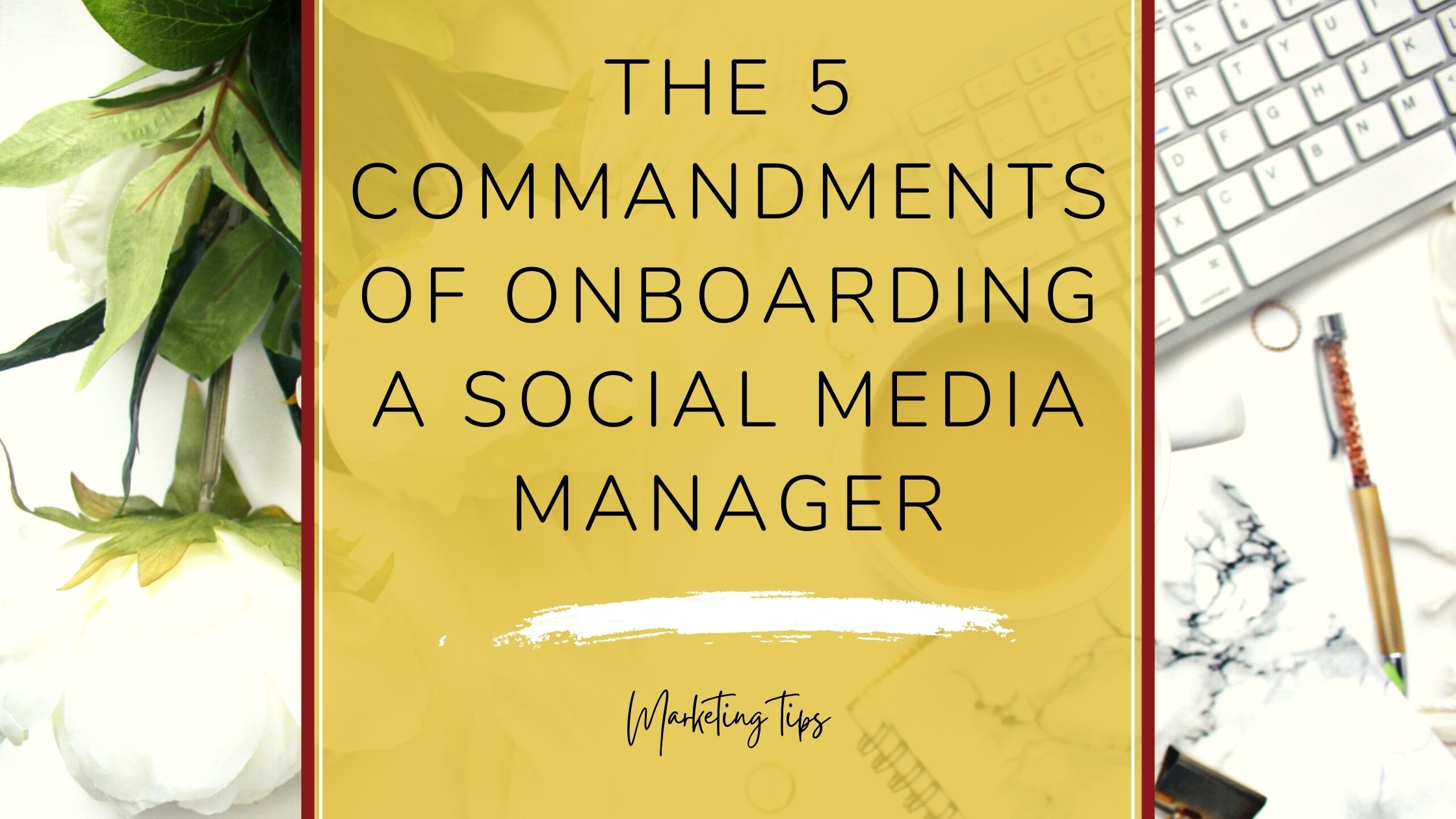3.78 billion people use social media worldwide. That’s a staggering 50% of the earth’s population.
And as the saying we’ve just made up goes: where there are people – there are marketers.
In fact, as of 2018, nearly 97 percent of all Fortune 500 enterprises were using at least one social media platform to foster initiatives and improve their reach.
Think along the lines of Depop, Wendy’s, and of course – Coca-Cola. Their colorful, pitch-perfect and persistent social media campaigns keep them fresh in our minds. So fresh that Depop became a social media-based industry leader in the space of a year!
How? It’s simple. Form an impeccable social media marketing strategy.
What you stand to gain by creating your own social media marketing strategy
- Access cost-effective marketing
- Interaction with your audience
- Build brand loyalty and brand awareness
- Save time
- Grow customer base
While all of this sounds great, cross-site marketing strategies can be complicated, time-demanding beasts. And, even by putting one foot wrong, you can turn your social media asset into a flop.
Enter social media managers…
These are the experts of the game, the Olympians of the social media marketing world. They can guarantee you all of the above-listed benefits, but only if you assimilate them properly into your business framework.
Here’s how – know what you’re looking for.
As Gretchen Fox, CEO, and founder at MTO Agency, states in Forbes:
“It’s important to understand that just because a person is a ‘digital native’ doesn’t mean s/he understands social for business. These are very different things.”
What Fox outlines here is one of the most common hurdles in the social media manager onboarding process. Hiring for social media requires knowing what talents your business needs, not just simply “this person knows how to use social media”.
So, before even reaching out to any candidate, you’ll need to get your job description priorities straight. Here’s a quick checklist that covers the main pillars of all good social media managers:
1) Know what to look for in your next social media manager
- Creative copywriting
- Customer service
- Design sensibility
- Organization
- Flexibility
- Capable of managing multiple channels
And the list goes on depending on what matters to you and your brand image.
2) Now that you have a manager, provide a comprehensive guide
Once again, Fox hit the nail on the head, saying:
“The trick is a playbook. We help our clients create their social media playbooks, but this is the key for any department. Playbooks should contain organization charts, philosophy, vision, branding guidelines, do’s and don’ts, tips, escalation procedures—all the necessary resources and contact information.”
Arguably, your social media manager should be the most in-tune with your company among your team. Introducing brand voice guidelines should be your first priority before delving into the values, history, goals, and principles that prop up your business vision.
3) Make time to keep training
Thinking that your job ends after onboarding is the fastest way to secure failure. We’ll let you in on a bit of secret; onboarding never really ends.
I see this all too often. Companies hand over the keys to their social channels to brand new junior employees who have no training whatsoever. This is a recipe for a full-blown PR disaster. And if you haven’t trained your employees on social media, you have no right to fire them when things go wrong.
– Gretchen Fox
The four phases of onboarding:
- Onboarding
- Initial Development
- Ongoing Development
- Retention
While your social media manager should be able to work alone most of the time, marketing is always a collaborative effort. Let them know you’re there for them, keep them clued in on any branding changes or updates, and, more than anything, reinforce a policy of any major red flags being sent up the chain of command.
4) Practice real-life scenarios
While your highly-educated newcomer might have all the credentials and know-how when it comes to solving tricky situations, of course, they won’t yet know how you’d like them to respond.
Set some time aside to role-play a few scenarios that your manager is bound to run into.
Think along the lines of:
- Common support questions
- Unhappy customers
- Compliments, thanks, and praise
- Obvious spam messages
- Vulgar language (including when to disengage with trolls.)
Not only will you be able to gauge the capabilities of your new employee, but you can also gently guide them in how you’d expect a representative of the brand to react in such situations, setting the tone for future interactions.
5) Use onboarding templates and worksheets
Check-in, get an outside consultant to do an audit, learn where your team members need to grow, and create a roadmap to help them develop over time.
– Gretchen Fox
While making no direct reference to templates, we fully believe that’s what Fox was referring to in this well-put claim. There are several onboarding platforms and templates available online for you to fill out and present to your new employee. However, consider making your own for that extra personable and thorough touch.
Need help making an onboarding document for new social media managers?
A Quill Shift Express Clarity Call might be just the thing to get you set up for success.
Final word
Whether you opt for a virtual assistant or an in-house social media manager, one thing is clear – your business will profit. Still, that doesn’t make hiring for social media a walk in the park. You’ll need to be diligent and communicative every step of the way. By stealing the tips above for your own onboarding strategy, you stand the best chance of long-term success (and fewer headaches)! And don’t worry, we won’t begrudge you. This is one thievery that’s recommended and worth it!






0 Comments